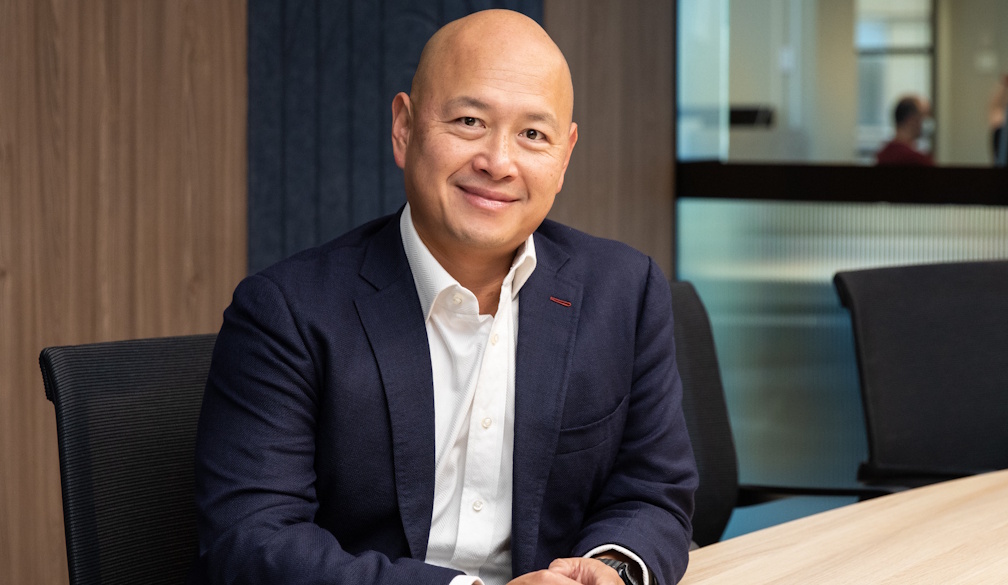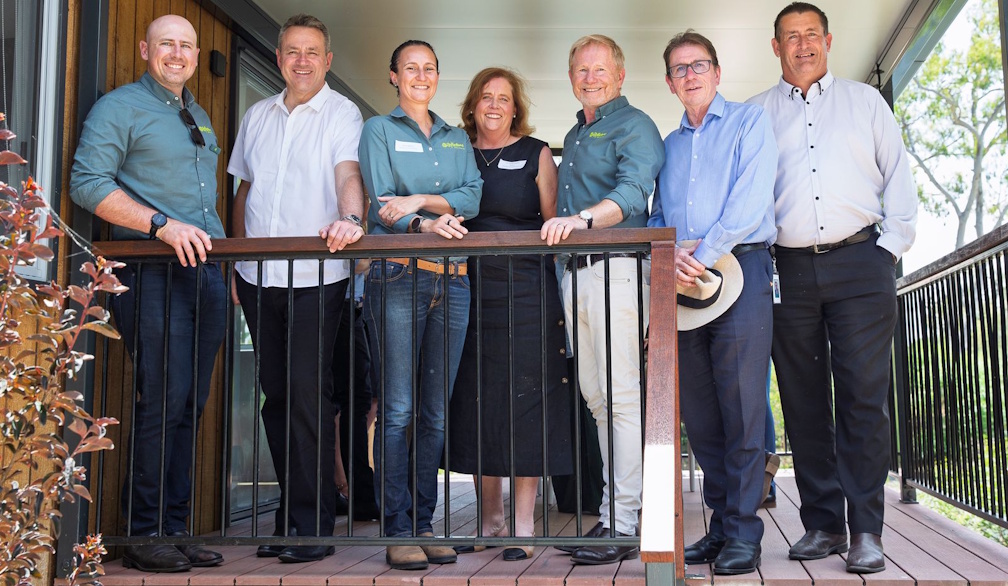How Albanese could tweak negative gearing to save money and build more new homes
- Written by Peter Martin, Visiting Fellow, Crawford School of Public Policy, Australian National University
iuThere are two things the prime minister needs to get into his head about tax. One is that saying he won’t make any further changes no longer works[1]. The other is that negative gearing doesn’t do much to get people into homes.
Anthony Albanese seemed to have taken the first point on board when he spoke to The Insiders[2] on Sunday.
Rather than promising flat out not to change the rules around negative gearing, he merely said he was
supportive of the current rules, we have not considered changes to them
But he was less careful when it came to the virtues of negative gearing. He said there was
a whole lot of analysis that says they encourage investment in housing, the key when it comes to housing is housing supply.
His official advisers in the treasury don’t think negative gearing does much to increase the supply of supply of housing – or, if they do, they omitted it from the six-page briefing note headed “negative gearing[3]”, prepared to help the treasurer answer questions about it in parliament.
Our rules reward bad management
Negative gearing is a particularly Australian tax benefit, which – unlike in other countries – benefits dud landlords: those who can’t make money by renting out properties.
If they lose money (by paying out more in interest, maintenance and other expenses than they are receiving in rent) we let them offset that loss, not only against income from other investments, but also against income from their wage or salary.
It means they can cut their wage for tax purposes, cutting the tax they pay on it. And at the same time, they can hang on to a property they can later sell for a profit, which will be taxed at only half the normal rate, thanks to Australia’s 50% discount on capital gains[4].
It isn’t allowed in the United Kingdom[5] or the United States[6]. There, if you are a landlord who can’t make money, you can offset your losses against profits from other investments – but not against your wage.
In Canada[7] you can offset rental losses against wages, but there must have been an “an intention to make a profit”. That would probably rule out most Australian negative gearers.
Most gearers don’t build homes
In Australia, an astounding one million[8] of us negatively gear – more than one in nine taxpayers. In 2020-21 they claimed losses amounting to $8.7 billion – 3.5% of the income tax collected – meaning that if they didn’t do it (if they didn’t claim for what seem to be deliberate losses) the rest of us could pay less tax.
What Albanese said on the weekend was half right. Negative gearing encourages investment. Most months, more than one in three[9] new home loans is for an investment property.
But most of those loans don’t increase supply – the thing Albanese says matters.
That’s because the overwhelming bulk of investor home loans go to “investors” planning to buy existing homes – to bid against and likely beat would-be owner-occupiers.
In December 2023, only 23% of the loans to investors was used to build a home or buy a newly-build home. In November only 19%.
As a means of getting more homes built, negative gearing leaks like a sieve. As a means of ensuring Australians continue to rent, rather than buy, it’s effective.
In the 20 or so years since the headline rate of capital gains tax was halved, supercharging negative gearing, the proportion of Australian households renting has climbed from 26%[10] to 30%[11]. If those extra renters become owners, an extra 400,000 Australians would be in homes they could call their own.
How to get better value from gearing
The really bizarre thing is that Albanese has it in his power to ensure negative gearing does exactly what he said it did – supercharge the building of houses.
All he would need to do is what Labor promised to do in 2016[12] and again in 2019[13]. In those elections, Bill Shorten went to voters promising to limit the use of negative gearing to newly-built homes.
As Shorten put it, taxpayers would[14]
continue to be able to deduct net rental losses against their wage income, providing the losses come from newly constructed housing.
The sieve would no longer leak. Every dollar of tax lost to a negative gearer would help build a home.
What would have happened if Shorten had got his way: if Australia both focused the use of negative gearing and cut the capital gains discount as he had proposed?
Modelling just published in Australian Economic Papers[15] finds the share of households who own their home rather than renting it would have climbed 4.7%.
That’s security worth having, especially if it is accompanied by more homes.
An idea whose time is coming?
Australia’s Treasury has begun publishing estimates of the cost of the present unfocused system of negative gearing. Its latest, released last week, puts the cost at $2.7 billion[16] per year, to which should probably be added a chunk of the $19 billion per year lost as a result of the capital gains concession.
The estimates are new. Until Jim Chalmers[17] became treasurer, his department didn’t publish estimates of the cost of rental deductions.
Chalmers is far from the first treasurer to be curious about what the concession does. Scott Morrison expressed concern about the “excesses[18]” of negative gearing.
And Morrison’s predecessor, Joe Hockey[19], said on leaving parliament that negative gearing should be skewed towards new housing, so “there is an incentive to add to the housing stock rather than an incentive to speculate on existing property”.
Albanese is normally cautious. But as he is showing us right with his rejigged Stage 3 tax cuts, there are times when he is not.
If he really wants to throw everything he has got at building more homes, he knows what to do.
References
- ^ no longer works (theconversation.com)
- ^ The Insiders (www.pm.gov.au)
- ^ negative gearing (treasury.gov.au)
- ^ capital gains (www.ato.gov.au)
- ^ United Kingdom (www.taxrebateservices.co.uk)
- ^ United States (www.thebalancemoney.com)
- ^ Canada (www.thomsonreuters.ca)
- ^ one million (www.ato.gov.au)
- ^ one in three (www.abs.gov.au)
- ^ 26% (www.abs.gov.au)
- ^ 30% (www.abs.gov.au)
- ^ 2016 (webarchive.nla.gov.au)
- ^ 2019 (webarchive.nla.gov.au)
- ^ taxpayers would (webarchive.nla.gov.au)
- ^ Australian Economic Papers (onlinelibrary.wiley.com)
- ^ $2.7 billion (treasury.gov.au)
- ^ Jim Chalmers (cdn.theconversation.com)
- ^ excesses (www.news.com.au)
- ^ Joe Hockey (www.aph.gov.au)
Authors: Peter Martin, Visiting Fellow, Crawford School of Public Policy, Australian National University














